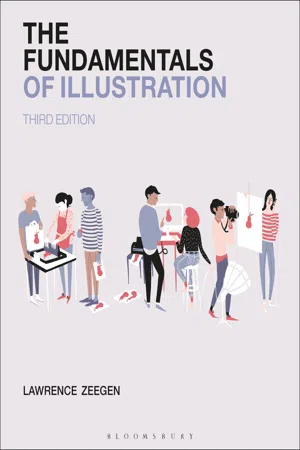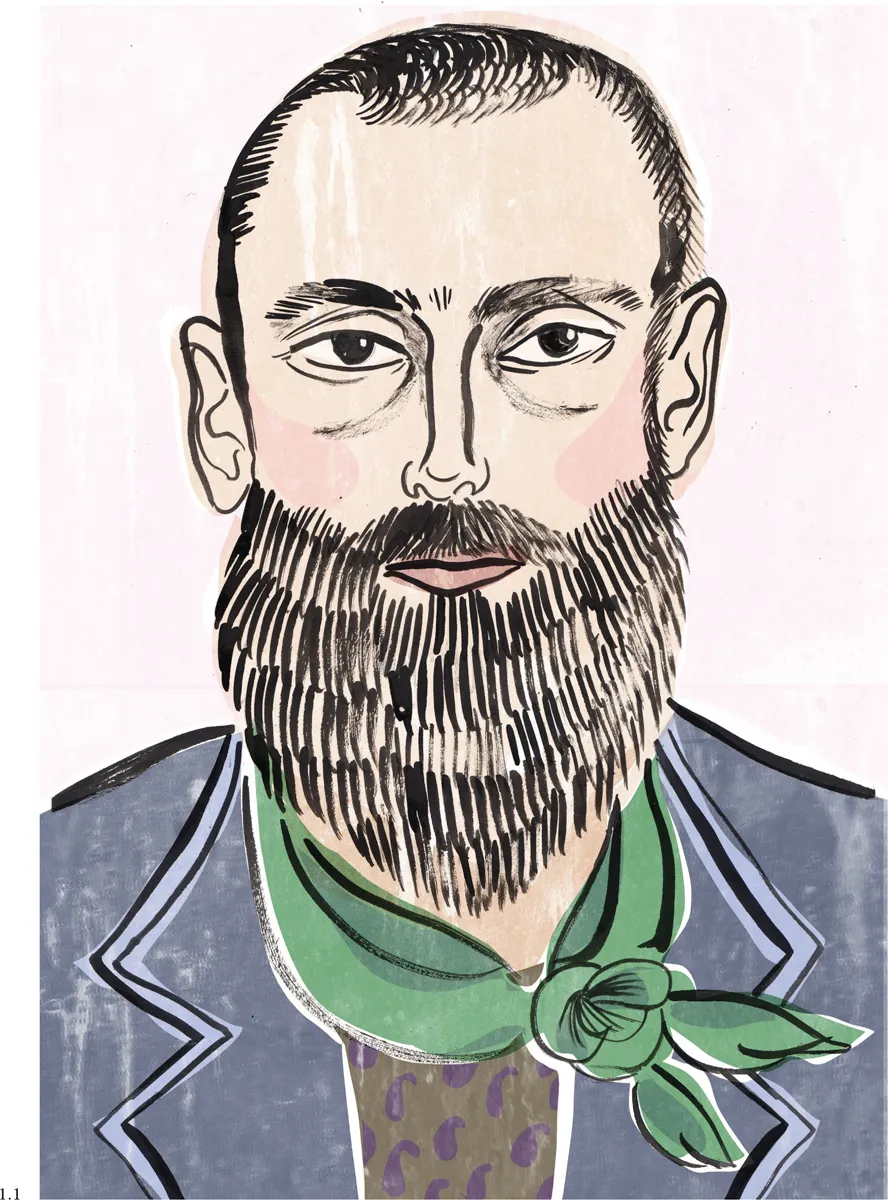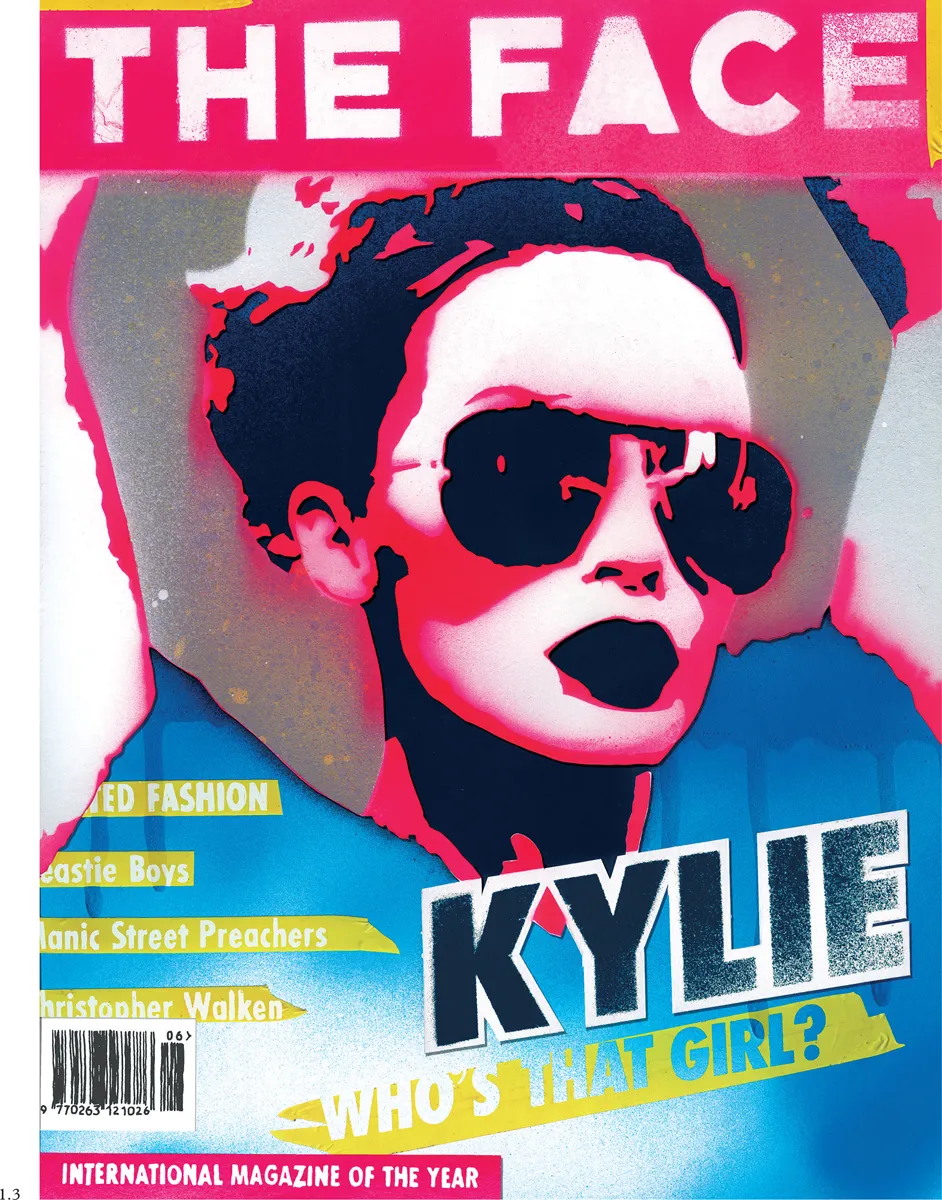
- 176 pages
- English
- ePUB (mobile friendly)
- Available on iOS & Android
eBook - ePub
The Fundamentals of Illustration
About this book
The Fundamentals of Illustration is a comprehensive and practical introduction to the field for illustration for graphic arts students, as well as for those who commission illustration. Now on its third edition, this title covers all areas of illustration; from what illustrators do, through selling your work across various media. Each chapter contains a case study, exercises and a brief for students to follow. New to this edition is expanded coverage of digital media and digital tools such as Wacom tablets, apps, and the use of social media as a source for displaying and obtaining work.
Frequently asked questions
Yes, you can cancel anytime from the Subscription tab in your account settings on the Perlego website. Your subscription will stay active until the end of your current billing period. Learn how to cancel your subscription.
No, books cannot be downloaded as external files, such as PDFs, for use outside of Perlego. However, you can download books within the Perlego app for offline reading on mobile or tablet. Learn more here.
Perlego offers two plans: Essential and Complete
- Essential is ideal for learners and professionals who enjoy exploring a wide range of subjects. Access the Essential Library with 800,000+ trusted titles and best-sellers across business, personal growth, and the humanities. Includes unlimited reading time and Standard Read Aloud voice.
- Complete: Perfect for advanced learners and researchers needing full, unrestricted access. Unlock 1.4M+ books across hundreds of subjects, including academic and specialized titles. The Complete Plan also includes advanced features like Premium Read Aloud and Research Assistant.
We are an online textbook subscription service, where you can get access to an entire online library for less than the price of a single book per month. With over 1 million books across 1000+ topics, we’ve got you covered! Learn more here.
Look out for the read-aloud symbol on your next book to see if you can listen to it. The read-aloud tool reads text aloud for you, highlighting the text as it is being read. You can pause it, speed it up and slow it down. Learn more here.
Yes! You can use the Perlego app on both iOS or Android devices to read anytime, anywhere — even offline. Perfect for commutes or when you’re on the go.
Please note we cannot support devices running on iOS 13 and Android 7 or earlier. Learn more about using the app.
Please note we cannot support devices running on iOS 13 and Android 7 or earlier. Learn more about using the app.
Yes, you can access The Fundamentals of Illustration by Lawrence Zeegen in PDF and/or ePUB format, as well as other popular books in Design & Graphic Design. We have over one million books available in our catalogue for you to explore.
Information
Chapter 1—The illustrator as artist
When it comes to boundaries and borderlines, illustration has always sat somewhere between art and design. Never truly considered to be an adjunct of art, and shouting above the noise to be recognized as a stand-alone design discipline, illustration has rather awkwardly straddled the worlds of both artists and designers. Here, we look at some of the routes into illustration and some of the ups and downs that life as an illustrator holds.
Illustration as a discipline
The new wave of illustrators
Art school ethos
A demanding life
Case study: Sara Mulvanny
Try it yourself…
Questions in summary
Illustration as a discipline
As we saw here–here, illustration has enjoyed a long and varied history, spanning many applications, from book covers to title sequences. But its tendency to cross disciplines has also been its misfortune. Outside of education, there appears to have been a tendency for artists to ignore the importance of the role that illustration plays in their discipline. The crossover from art to illustration is occasionally deemed appropriate, but the reverse is rarely accepted. In the design world, designers plunder freely from the fields of illustration, yet rarely take any responsibility for sowing new seeds, and little time or space is given to nurturing growth and emerging talent. Back in creative education, the discipline has fared little better despite the number of institutions offering full-time courses in illustration having risen significantly during the past decade. Most institutions offer little by way of stand-alone facilities, with many Illustration courses not occupying their own physical spaces but existing within and alongside graphic design courses. It is still the case that in many countries across Europe, illustration has failed to be recognized as a stand-alone discipline and therefore courses tend not to exist at all. Professionally, illustrations for press and advertising have been created by designers and artists, and with no real recognition for the practice, the development of courses has remained as an offshoot of graphic design, if at all. Of course it is true that crossover and discussion can be nurtured across the two disciplines of graphic design and illustration. But this is only possible if both are given equal status. With a high demand for facilities and studio space for courses requiring specialist equipment such as looms in textiles, printmaking in fine art, kilns in ceramics, wood, metal and plastics workshops in 3D design and black-and-white and digital darkrooms in photography, it is clear – although unjustified – why illustration often remains at the end of the list.
New directions
Despite all this, however, with the growth of online blogs and websites and the proliferation of social media, and also thanks in part to the increasing popularity of associated areas of interest such as gaming, graffiti art and graphic novels, illustration has finally started to become a better recognized and more fully understood and respected discipline. New territories and opportunities for self-promotion mean that the value, popularity and profitability of this evolving and expanding applied art form is gradually allowing it to assert itself as a subject in its own right.
‘Outside of education, there appears to have been a tendency for artists to ignore the importance of the role that illustration plays in their discipline.’

1.1
French Man.
Sarah Tanat-Jones / www.sarahtanatjones.com.
This illustration, hand-rendered in paint on paper, created in response to a commission by the Guardian Review, demonstrates how traditional skills in drawing and painting remain in demand despite the proliferation of digital platforms.
The new wave of illustrators
Much of the recent resurgence of interest in illustration owes its success to a power shift that happened in the early 2000s. Interestingly, a revolution was taking place away from the confines of professional illustration and the often stifling demands of commercial work. The uprising was subtle and not started on the battlegrounds familiar to the old guard of illustrators. A new wave was honing its skills away from regular illustration outlets, producing work that refused to pander to the art directors of glossy monthly magazines or the Sunday supplements. The new wave of illustrators with a new approach, with something to say and the ways and means of saying it, started to command control. No longer indulging the needs of dull business-to-business corporate clients, a savvier, more fashion-conscious, streetwise illustrator had started to create images for an audience made up of its own peers. Independent magazines and record labels, the established ‘style’ press, as well as small fashion companies started to employ the services of this new breed.
Key moments
The following two moments are now recognized as key in the rebirth of illustration. In the UK, The Face magazine, then recognized internationally as ‘the style bible’, employed an illustrator as art director and the look and feel of the magazine changed almost overnight. Funky, quirky and urban images by new illustrators started to appear and the ratio of illustration to photography was healthier than ever before. In the United States, Levi’s were quick to capture the new mood and commissioned illustrators to create ad campaigns and illustrate their urban clothing ranges, breaking the mould and allowing illustration to depict fashion in a way that had been the proviso of the photographer. Keen to capture the zeitgeist and stay ahead of the pack, this new and increasing client list took to ‘new’ illustration with open arms. But what had really changed within illustration?

1.2
‘Access’, for Wire Design. Hand-rendered stencil with digital redrawing, retouching and collage.
Miles Donovan.
The ability to combine analogue and digital techniques gave illustrators new confidence and endless new territory to explore during the rebirth of contemporary illustration at the start of the century.

1.3
‘Deconstructing Kylie’, for Kylie La La La. Hand-rendered drawing and stencil with digital redrawing and retouching.
Miles Donovan.
The appointment of an illustrator as art director at The Face magazine in the UK marked an important shift for illustrators and for the wider understanding and deeper appreciation of the discipline.
Catalysts for change
The revolution had occurred for a number of reasons; the first was the average age of the new image-maker. Younger but already with an established grip on taming the technology, this new breed felt empowered rather than hindered – digital natives rather than digital immigrants. Not being tied down by the baggage of time, nor attempting to pacify the old guard or fit into an existing order, allowed the renegades of ‘new’ illustration the freedom to experiment. Another reason for change stemmed from what really excited these fresh illustrators: the scope now offered by the mix of digital and analogue techniques. Introduced to a vast range of techniques and media during their first foundation course at art school and able to refine their skills throughout the nomadic existence that typified degree-level teaching of illustration, an enthusiasm had grown for what they considered their ‘new’ technology: traditional techniques and methods. The eclectic nature of their image-making skills was to be matched only by the eclectic nature of the subjects and themes covered and e...
Table of contents
- Cover
- Title Page
- Contents
- Chapter 1 The illustrator as artist
- Chapter 2 The medium is the message
- Chapter 3 From outcomes to outlets
- Chapter 4 Communicating ideas
- Chapter 5 Making it happen
- Chapter 6 Production
- Bibliography
- Selected websites
- Glossary
- Index
- Acknowledgements
- eCopyright